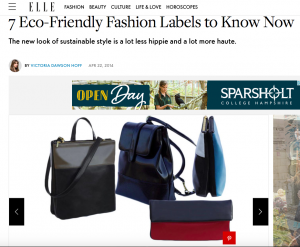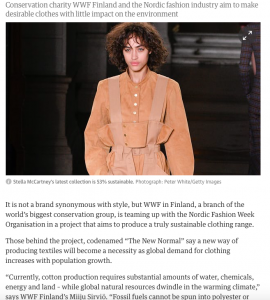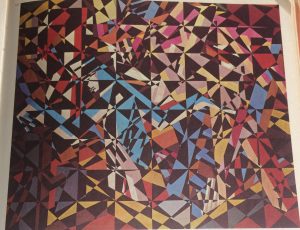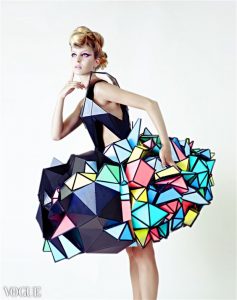Throughout this module, I have enjoyed most of the lectures, finding them interesting, useful in discovering new designers and introducing me into new areas of fashion design I have not learnt about before. I did find a few tasks difficult and struggles to understand a few points, however did enjoy learning about these areas, even throughout the difficult parts.
My favourite area to study was the ethics and visual research tasks. I found these extremely interesting, especially the ethics area, I found myself compelled into the different types of advertising and how controversial so many different advertisement campaigns are. This made me open my eyes to all the issues that are involved with advertisement, especially involving women and how they are portrayed. I also enjoyed looking into different fashion collections, coming across new designers I haven’t heard of before, which I have taken further and looked at in my practice.
The area that I found the most difficulty was in the Reflective Writing. The articles that were given to us were extremely articulate in the way they were written, which personally made it hard for me to understand what exactly they were discussing. To help with this, I focused on reading one paragraph at a time, writing down what I thought they were talking about, looking up words, making it slightly easier for me to understand. Even having done this, finding a quote to refer to in this task was very difficult because of the large amount of resources in the library, I did not know where to start looking. However, after getting help, I found it easier to narrow down and find a quote.
Although the library contains such a wide range of resources, I did find that I was not using these resources wisely. This is because when finding quotes for a few of my tasks, I referred to the internet or newspapers/magazines instead of going to the library. I think this is because of the overwhelming amount there is, I found it much easier and less time consuming referring to magazines and articles I have found instead. In the future, I would like to use the library more to get the information; which the reflective writing task did help me practice how to locate what you specifically want.
At the start of the year, I managed my time well, doing the first task as they were set. However, I became stuck when Task 5/6 was set, which then made my time management not very efficient. Even when asking for help, I put off completing this task week after week, which then made me put off the other tasks which were set after. This then put me behind, making it more stressful for myself. Taking this into the future, I will make sure that when I ask for help, I get all the information I need to make sure I can efficiently do the task before the next one is set, making sure I am not put behind again.

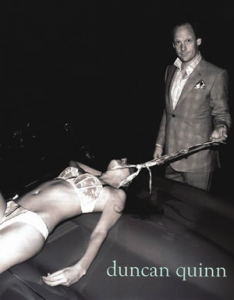
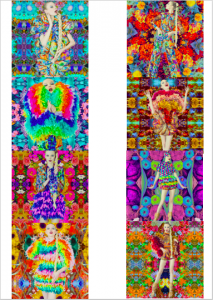
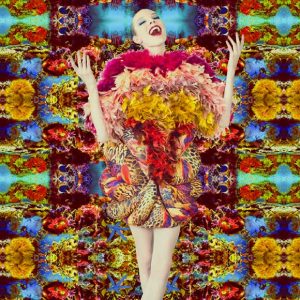
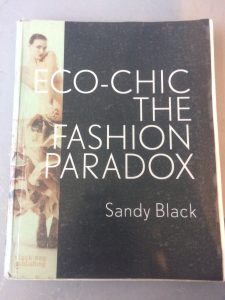 [1] I chose the book Eco-chic the Fashion Paradox by Sandy Black. The reason I chose this book is because I am interested in environmental/sustainable fashion. I love to see all the different ways fashion companies use environmental strategies to help minimise the amount of waste they are creating within this type of industry. This being both the footprint and waste areas; as this is a very fast-forward industry where what is fashionable is changing extremely quickly.
[1] I chose the book Eco-chic the Fashion Paradox by Sandy Black. The reason I chose this book is because I am interested in environmental/sustainable fashion. I love to see all the different ways fashion companies use environmental strategies to help minimise the amount of waste they are creating within this type of industry. This being both the footprint and waste areas; as this is a very fast-forward industry where what is fashionable is changing extremely quickly.